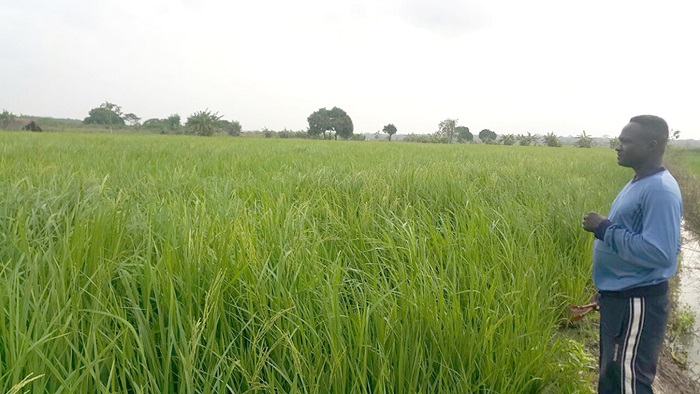
Making Volta Region a hub of rice production
In the 1970s, Volta Region was a major cocoa producing centre in Ghana. However, the industry has abysmally declined, leading to widespread low income and poverty among farmers.
Advertisement
The shift from cocoa farming to rice cultivation is becoming the toast of many farmers in the region, bringing it into the limelight.
Undoubtedly, rice has become a staple food that can be found in every household, giving the indication that it could be very lucrative when given the right attention.
Despite the huge potential, rice cultivation is said to be the least exploited in the country.
It is disheartening to hear that Ghana spends over $500 million annually importing foreign rice while there is a huge potential for rice production in the country.
Progress of rice farming
The Volta Region could be made a hub of rice production to address the issue of rice importation and increase prospects of exportation.
For a region with many swampy lands, the production of rice should be one of the viable investments for any investor.
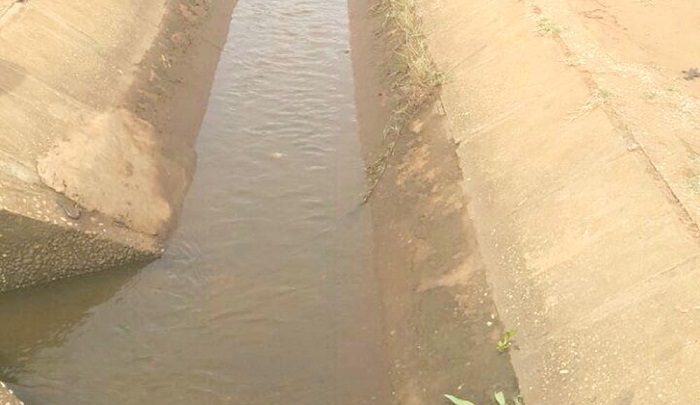
A canal to support irrigation at the Wheta Project site
Rice production has always been part of farming activities in the region, but it started picking up tremendously from 2010.
The region recorded a total of 1,529,022 metric tonnes of rice in 2010 with a total of 21,860 hectares for rice cultivation. The yield for that period was said to be 0.66 metric tonnes per hectare.
Small-scale farmers contributed about 70 per cent of the total rice production in the region but due to interventions, including introduction of improved varieties of rice and good agricultural practices, the farmers were recording an average of 2.4 metric tonnes per hectare as the years went by.
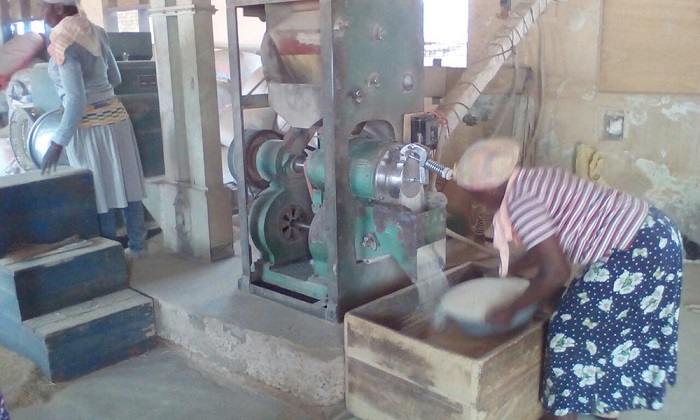
A rice mill at Avaladi
As of 2016, the average production per hectare had increased between 2.5 metric tonnes to 5.0 depending on the system used for cultivation and the season.
According to the Volta Regional Crop Officer, Mr Alfred Bedzra, the high returns in the rice business had resulted in more valleys being developed by private investors and individual farmers for rice farming.
‘'In Ketu North, for instance, individual farmers have developed the valleys around Klenomadi areas for that purpose’', he said.
More of the farmers were moving away from broadcasting to transplanting and other improved technologies to maximise yields.
‘'In fact, most of the farmers grow Jasmine 85 and Agra varieties, which were all perfumed and high yielding,’ he indicated.
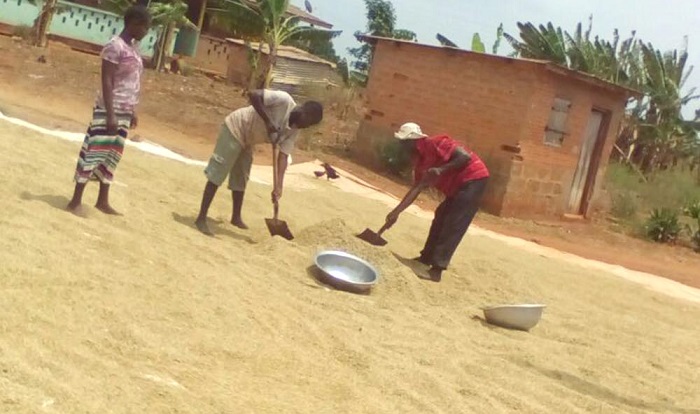
Some farmers working on paddy rice
Buttressing the point that rice farming was becoming a toast for many farmers, Mr Bedzra said the total area of cultivation in the region had increased from 21,860 hectares in 2010 to 28,418 in 2016.
Huge potential
“Though there is no scientific research yet done, the region can still boast of not less than 30,000 hectares of potential rice cultivation areas,” Mr Bedzra added.
Aside from the farming activities, many rice mills are springing up at vantage areas, making the rice industry prosperous. Some of them are located at Dabala, Adidome and Avalavi, with the recent being the Worawora Rice Mill constructed by Group Nduom.
Indeed, some traditional areas have recognised the economic and traditional values of rice and have instituted festivals to honour the crop and showcase its importance.
Some of the celebrations are Amu Festival of the people of Avatime, Lolobi IPor Rice Festival of the people of Lolobi traditional area and that of Wheta known as Amuza.
Challenges
Despite the lucrative nature of rice farming, some farmers have complained of not having ready market for their produce, a situation discouraging others from venturing into the business.
A farmer at the Ketu North District, Madam Celestine Agorha, said it was unthinkable that buyers or market women preferred the imported rice to the locally produced ones with higher nutritional value and good taste.
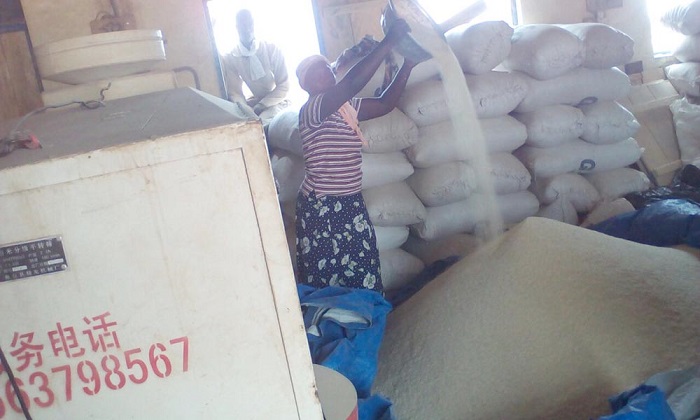
Working on paddy rice
‘'Probably it is cheaper,’’ she said, lamenting that she had had over 200 bags of rice in stock with no buyers for the past one month.
‘'The issue is that we are unable to get buyers for our produce and when we do, we sell at a cheaper price determined by market women or buyers. This affects us a lot because we are unable to recover production cost,'’ she stated.
Another issue bothering farmers was the invasion of birds on their farms. According to Mr Francis Nefui, a farmer, ‘'The birds are no longer afraid of the scare crows.'’
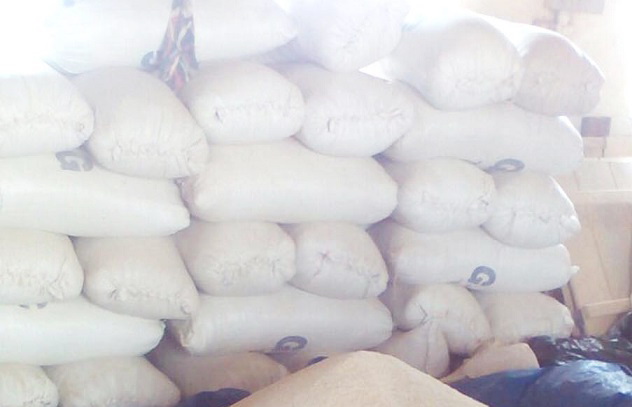
Piled bags of rice at Avaladi waiting for buyers
Stakeholders have been called upon to deliberate and design appropriate mechanisms to control birds as it is one of the challenges rice farmers have to deal with on a daily basis.
In the interim, Mr Bedzra has advised farmers to use nets to protect their farms.
Way forward
The intention of the government to boost agriculture with the '’planting for food and crops'’ policy is considered a laudable initiative and, therefore, has been endorsed by key players hoping to use the policy to make the farming business beneficial to farmers.
With such a policy, it will be very important for attention to be paid to key areas where specific crops are predominant and the farmers assisted to increase production to feed the nation.
As a way forward, the government is being advised to adopt the outgrowers scheme whereby it would buy the farm produce directly from the farmers and sell it to the open market to create ready market for rice farmers and ensure better pricing.
Also, the district assemblies need to come up with their own policies to link the school feeding programme to the rice business to ensure that caterers within rice farming localities purchase locally produced rice.



